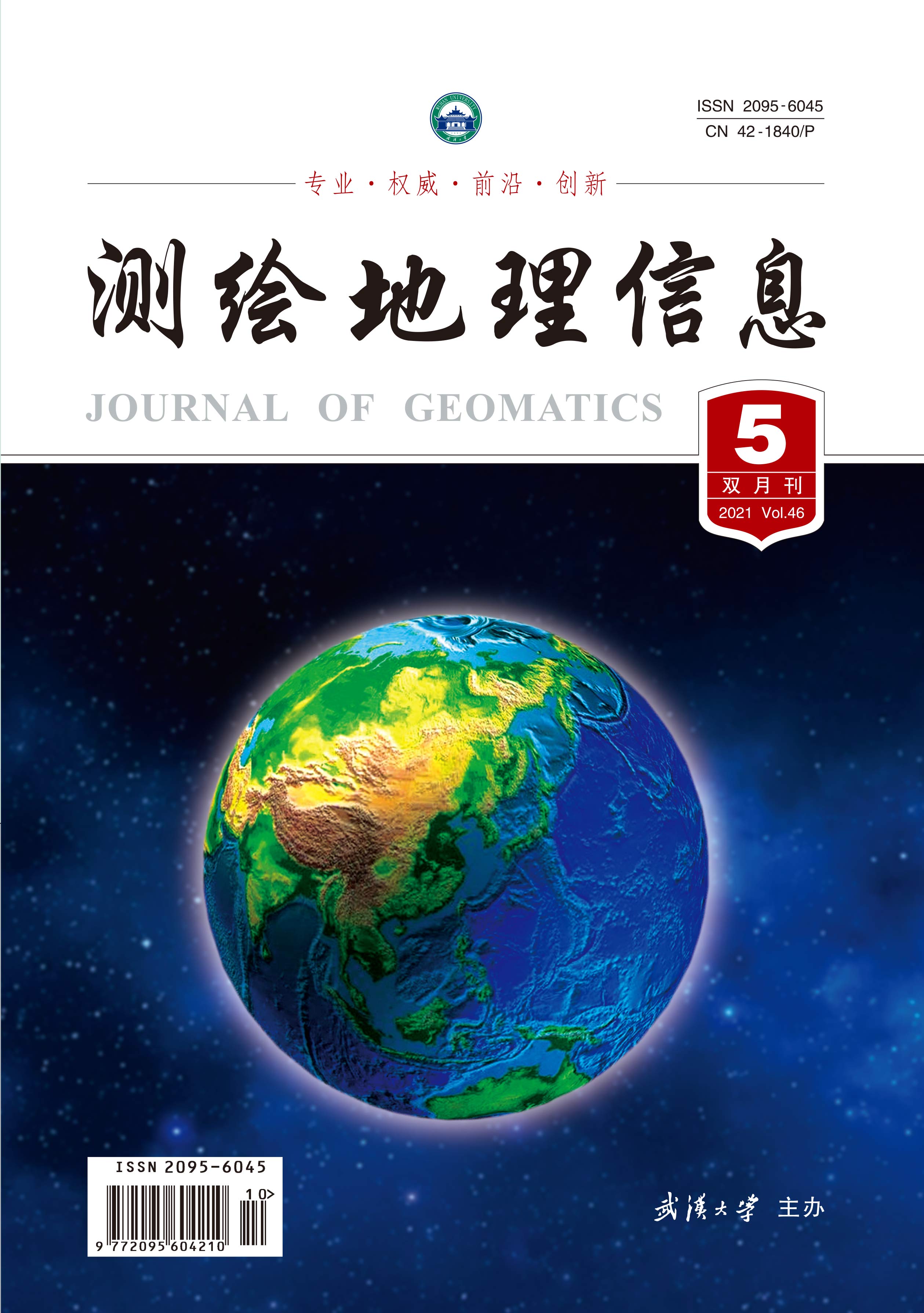Area Estimation of Mango and Coconut Crops using Machine Learning in Hesaraghatta Hobli of Bengaluru Urban District, Karnataka
Q4 Computer Science
引用次数: 0
Abstract
Timely and accurate estimation of acreage and production of horticulture crops is necessary for deciding how much, where and when to export these commodities in the national and global markets. Remote sensing has been one of the methods adopted, in addition to conventional sampling methods, for improving the estimates. Parametric image classification algorithms have been used by many researchers for identification and area estimation of horticulture crops. But these algorithms result in several unclassified pixels leading to over/underestimates. This study has been undertaken to estimate the area of two horticulture crops (i.e., mango and coconut) of Hesaraghatta hobli of Bengaluru urban district using Convolutional Neural Network (CNN) on Google Colaband Random Forest (RF) algorithms on Google Earth Engine (GEE). Remotely sensed data acquired by the Multi-Spectral Instrument (MSI) onboard Sentiel-2A satellite was used. Spectral signatures of horticulture crops and other associated cover types have been generated to identify the cover types and for selecting appropriate band combinations. Two different band combinations were used for area estimation of selected horticulture crops: i) Near-InfraRed (NIR), Red, and Green all three having a spatial resolution of 10 m, ii) Red edge-3, Short-Wave InfraRed1 (SWIR1) and Short-Wave InfraRed2 (SWIR2) having 20 m spatial resolution. Area estimates of horticulture crops and associated cover types were validated with respect to ground truth and statistical reports from Karnataka State Directorate of Horticulture (KSDH). It was found that the CNN model performed better than RF using NIR, Red, and Green band combination with an overall accuracy of 84%, but it failed to give similar accuracies with Red edge 3, SWIR1, and SWIR2 band combination. We attempted transfer learning using the trained CNN model at two different study areas far away from the study area and found encouraging results.在卡纳塔克邦班加罗尔市区Hesaraghatta Hobli使用机器学习估算芒果和椰子作物面积
及时准确地估计园艺作物的种植面积和产量对于决定向国内和全球市场出口这些商品的数量、地点和时间是必要的。遥感是除常规抽样方法外,用以改进估算的方法之一。参数化图像分类算法已被许多研究者用于园艺作物的识别和面积估计。但是这些算法会导致一些未分类的像素导致高估或低估。本研究利用谷歌Colaband Random Forest (RF)算法在谷歌Earth Engine (GEE)上对班加罗尔市区Hesaraghatta hobli的两种园艺作物(即芒果和椰子)的面积进行了估算。利用sentinel - 2a卫星上的多光谱仪(MSI)获取的遥感数据。已经生成了园艺作物和其他相关覆盖类型的光谱特征,以确定覆盖类型并选择适当的波段组合。采用两种不同的波段组合对选定的园艺作物进行面积估算:i)近红外(NIR)、红色和绿色,这三种波段的空间分辨率均为10 m; ii)红边-3、短波红外d1 (SWIR1)和短波红外d2 (SWIR2)的空间分辨率为20 m。根据卡纳塔克邦园林局(KSDH)的实际情况和统计报告,对园艺作物和相关覆盖类型的面积估计进行了验证。研究发现,CNN模型在使用NIR、Red和Green波段组合时的表现优于RF,总体准确率为84%,但在使用Red edge 3、SWIR1和SWIR2波段组合时未能给出相似的精度。我们在远离研究区域的两个不同的研究区域尝试使用训练好的CNN模型进行迁移学习,并获得了令人鼓舞的结果。
本文章由计算机程序翻译,如有差异,请以英文原文为准。
求助全文
约1分钟内获得全文
求助全文
来源期刊

测绘地理信息
Earth and Planetary Sciences-Earth-Surface Processes
CiteScore
0.20
自引率
0.00%
发文量
4458
期刊介绍:
 求助内容:
求助内容: 应助结果提醒方式:
应助结果提醒方式:


